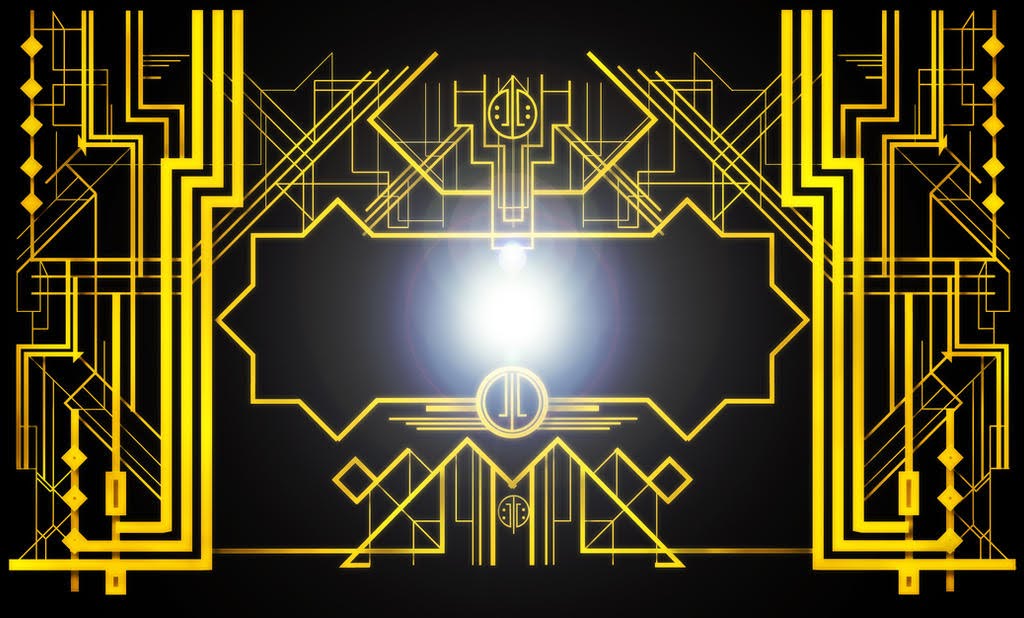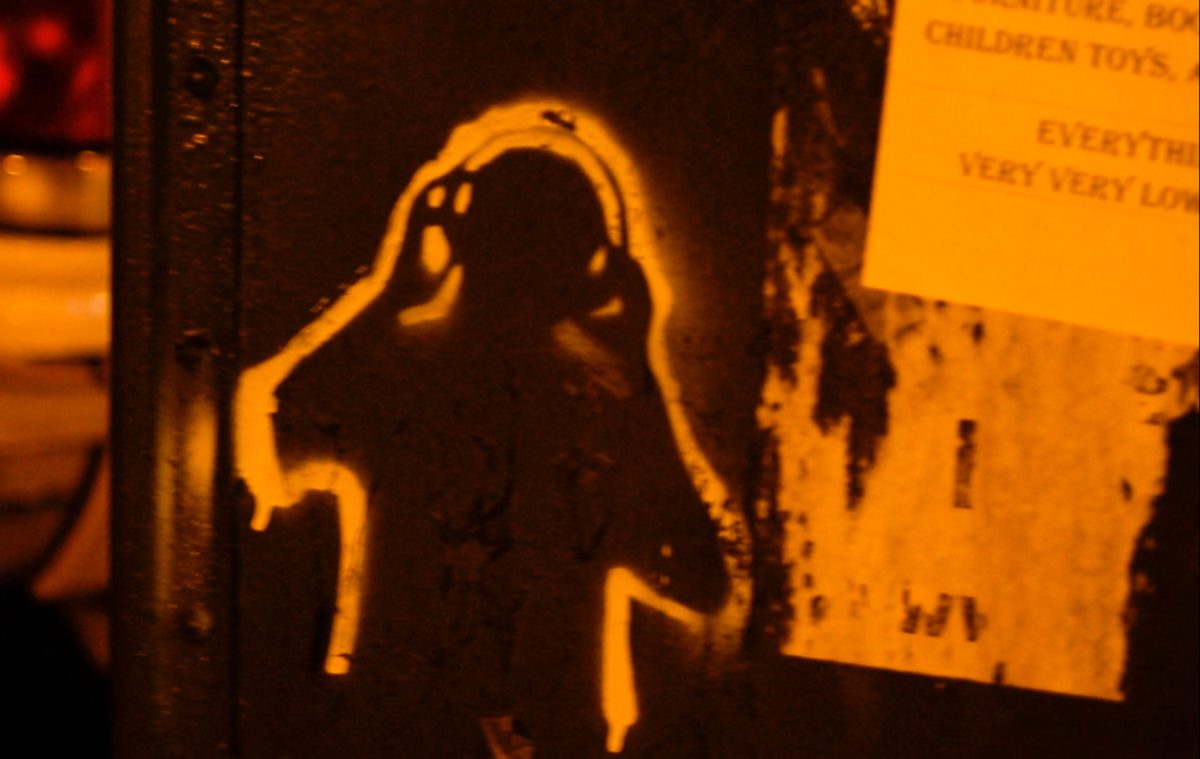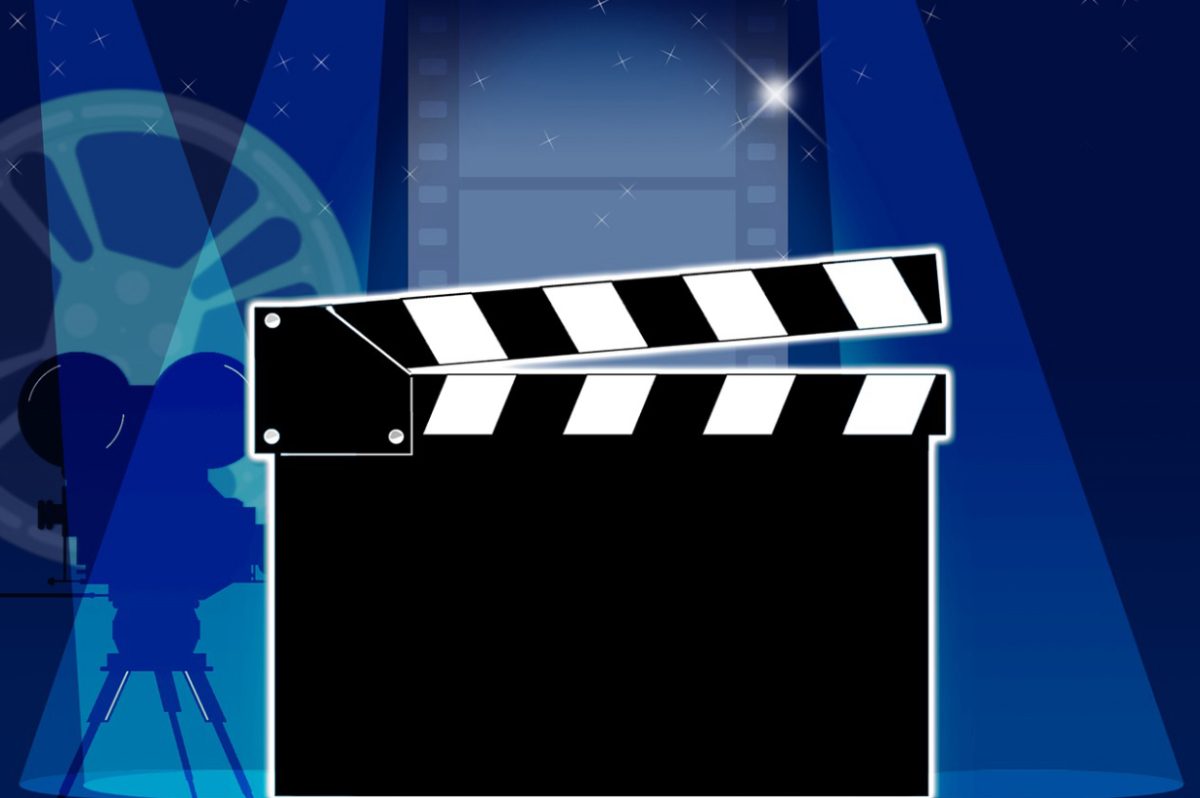“Macbeth” is one of the most famous stories ever. A medieval tale of power, corruption and the supernatural, it’s truly the classic of classics. It’s so well-known that it’s become a standard play for high schoolers to read, just as I and many others have in our English classes. However, a main drawback of “Macbeth” is the nearly impossible Shakespearean language that it’s written in. Deciphering the text is a task within itself, so Dr. Penner (my IB teacher) turned to an additional approach to understanding it: its 2010 film adaptation.
When he said we would be watching “Macbeth”, a play about an 11th-century Scottish king, I expected a movie that stuck to the original: ancient warriors, elaborate castles and an emphasis on nature. It would be a direct and faithful recreation…right?
Nope. To start, the play’s infamous first scene where three witches foretell the plot, has the characters in full surgical gear as they operate in a dirty hallway. While that’s not particularly representative of a millennium ago, it’s just the tip of the iceberg. The distortion from the original grows into an amalgamation of the already confusing classic. The titular character appears in Cold War-era military gear and frequently uses an elevator to change scenes, something invented “only” 800 years after the play’s setting. I bet it was convenient for filming, but not particularly realistic.
Overall, it’s a strange watch. The dialogue and references stay true to their Shakespearean roots, but the staging and symbols are unquestionably modern. This mismatch lessens the severity of many important lines because they sound ridiculous coming from a man in a trench coat rather than armor. I’m not here to solely criticize director Rupert Goold’s decisions, as the filming and dramatic effects of the movie are quality, but his strange incorporation of modern aspects makes the movie quite awkward.
However, this problem isn’t only found in movie settings. In the 2013 adaption of “The Great Gatsby” starring Leonardo DiCaprio, the musical choices are beyond awkward. Simply, it was odd that Jay-Z was the executive producer for a movie about the 1920s. That’s not to discredit his musical talent, but the mix of hip-hop and electronic pop he used was a strange creative choice.
For example, in a scene about New York City that the protagonist Nick narrates, the song “No Church In The Wild” plays. Outside of the obvious historical inaccuracy, I spent more time wondering why I was listening to Kanye West talk about Roman emperors than actually watching the scene. It felt a little soulless. Instead of creating something true to the time period, the movie chose to pick a trendy song that doesn’t add much artistically. Also, the CGI is a little excessive, but that’s a story for another day.
Did these movies still make a ton of money? Yes. Am I being overly critical? Maybe. But it’s the thought that counts. Both movies cover extraordinarily famous stories; let’s not inject modern society into them. I can watch a medical movie or listen to Jay-Z on my own time. It’s okay to keep stories as they traditionally are. Doing otherwise only complicates the viewer experience and cheapens the final product.
With all that being said, I still like watching movies in English class, and if you’re Dr. Penner, please don’t stop showing them. That one Hamlet production you showed was great.








